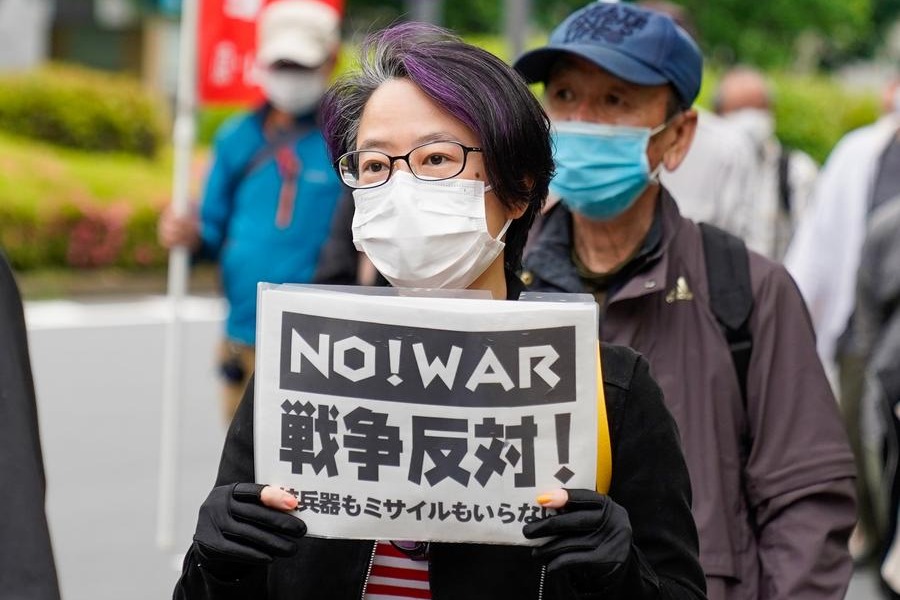Devil's deal stole justice from dead
By Zhao Xu in New York | China Daily | Updated: 2022-03-12 10:15
It needs to be noted that Sutton, before being assigned assistant prosecutor at the IMTFE, was a civilian officer at the US Department of Defense with no background in biology, Wang said.
"I believe more information is needed if we are to interpret his actions, decisions and standpoint," said Wang, who met Hsiang, the Yale-educated Chinese prosecutor, in the late 1970s. Wang's father worked with Hsiang in the 1940s at the Shanghai High Court before the latter was appointed to the IMTFE.
By the time Wang stumbled upon the Sutton report in 2010, it had been three years since the end of a decadelong lawsuit in which she took a group of BW survivors from the attacked places in King's report to Japan, demanding compensation from the Japanese government. Wang's own paternal uncle died from bubonic plague following an airborne attack in Zhejiang in 1940."About 400 people, one-third of the population of my ancestral village, died," she said.
They died in unspeakably horrible conditions, as Patrick Tyler, a reporter for The New York Times, wrote in his 1997 story: "Their screams sundered the night from behind shuttered windows and bolted doors, and some of the most delirious victims ran or crawled down the narrow alleys to gulp putrid water from open sewers in a vain attempt to vanquish the septic fire that was consuming them."
According to Wang, the last time the Chinese prosecution appeared in Sutton's court working diary was on May 11, 1946, eight days after the start of the trial.
In this diary the assistant prosecutor said that two days earlier he found a note on his desk from Judge Hsiang. With the note, Hsiang had attached several translated pages of testimony from a Japanese soldier named Osamu Chimba (in Guillemin's book he is erroneously called C. C. H. Hataba due to a mistake from the original document), a former member of Unit 1644 (Tama Unit), a satellite of Unit 731 in Nanking (Nanjing).
























